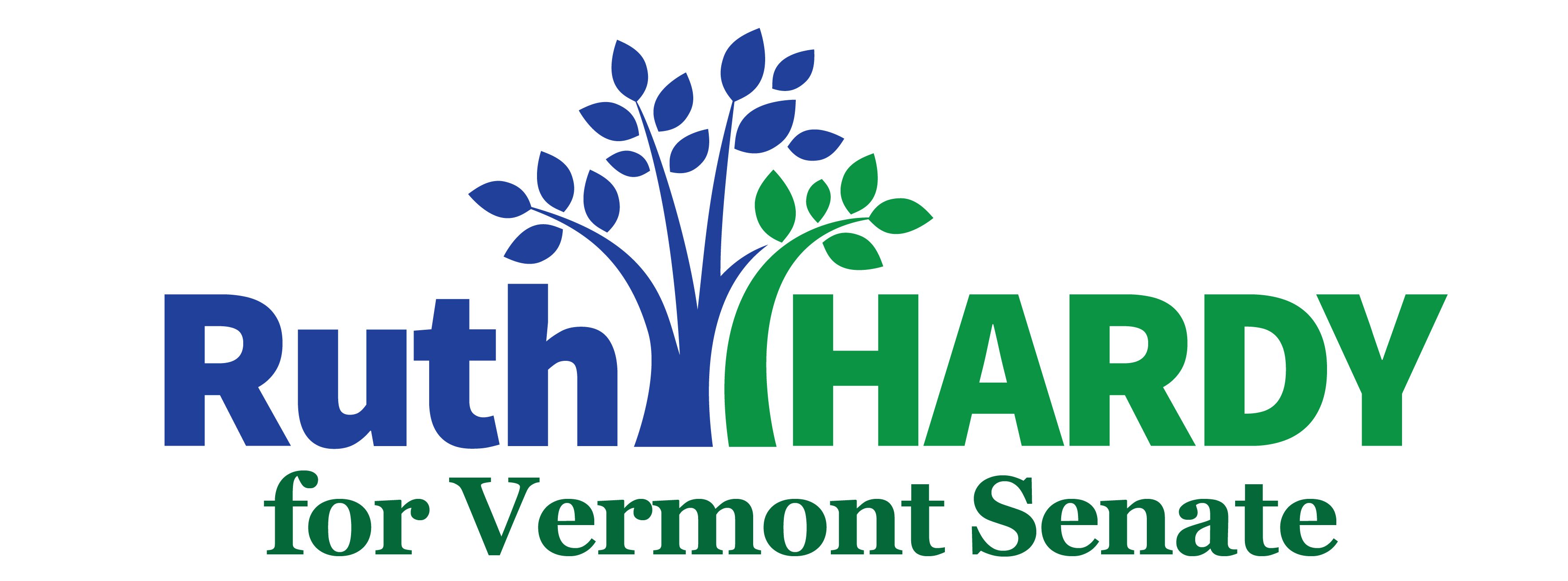This year there has been a robust discussion about school district budgets, the cost of K-12 education, and the associated tax rates for funding Vermont’s schools. Initial estimates, included in the annual letter from the Commissioner of Taxes, projected a nearly 20% average property tax rate increase. This projection was in part due to increases in initial school district budget proposals driven by factors such as overall inflation, a 16% hike in health insurance costs, the expense of maintaining aging school buildings, and a dramatic increase in student mental health and remedial education needs as federal dollars to support those students dried up.
It’s important to note that the large tax rate increase estimate is also due to skyrocketing property values since the onset of the pandemic and a lag in the ability of municipalities to reappraise properties. Property tax rates are further inflated after the common level of appraisal (CLA) is applied, which essentially adjusts appraised property values to reflect fair market values, with the goal of ensuring that all towns pay their fair share into the state Education Fund. When properties are under-valued, the tax rate increases. As towns complete reappraisals, the CLA impact will decrease.
The Legislature and school boards worked hard to reduce the projected average statewide property tax rate increase by 6 percentage points to 13.8%, and many towns in the Addison District will see a smaller increase in their property tax rates. Over the past several months, school districts statewide reduced their original budgets by nearly $25 million after we passed H.850 which corrected some unintended consequence in 2022 Act 127 and allowed school district to reduce their warned budgets and schedule a later vote.
The Legislature also passed H.887 the annual education finance and taxation bill, which contained several provisions to reduce the tax rate. This includes using $45 million in one-time funds to reduce the tax rate and increase the property tax credit for lower-income Vermonters, adding new revenue from a cloud tax on software products purchased online and a 3% surcharge on short-term rentals. The Joint Fiscal Office’s Preliminary Education Fund Outlook for FY25 and H.887 Fiscal Note outline the details. In addition, H.887 creates a Commission on the Future of Public Education which will study short-term cost-containment strategies, as well as dig into the deeper causes of high costs, with a goal of providing the Legislature with proposals for difficult future changes to our public education system statewide.
Finally, while most school budgets have now passed, there are several local school budgets that have yet to win voter approval. Unfortunately, Governor Scott has fanned the flames of anger against school district budgets, likely hampering the budget votes of already struggling school districts. Read this editorial by me and Rep. Peter Conlon, Chair of the House Education Committee, making the case that it’s time to approve these budgets.
It’s clear that significant changes need to be made in how we fund and organize school districts in Vermont. With declining enrollments, increasing costs, and aging school buildings, we must find new solutions to ensure that our public schools and the students who attend them succeed. Our kids and our schools are too important to fail.
Header photo: A heart placed at the entrance of the Middlebury Union Middle School during the pandemic.

